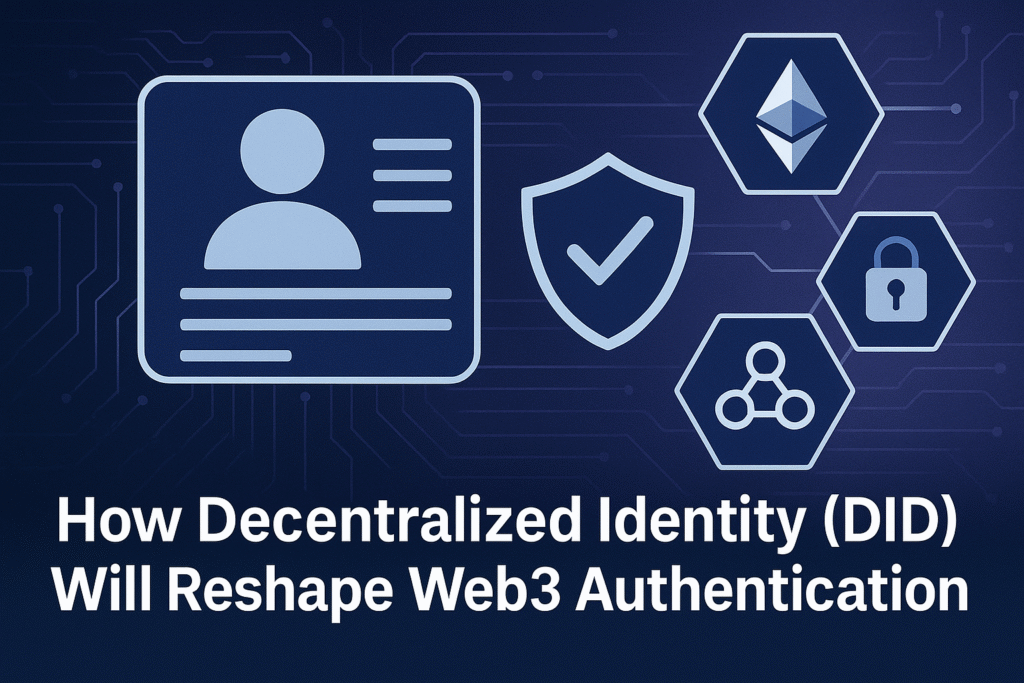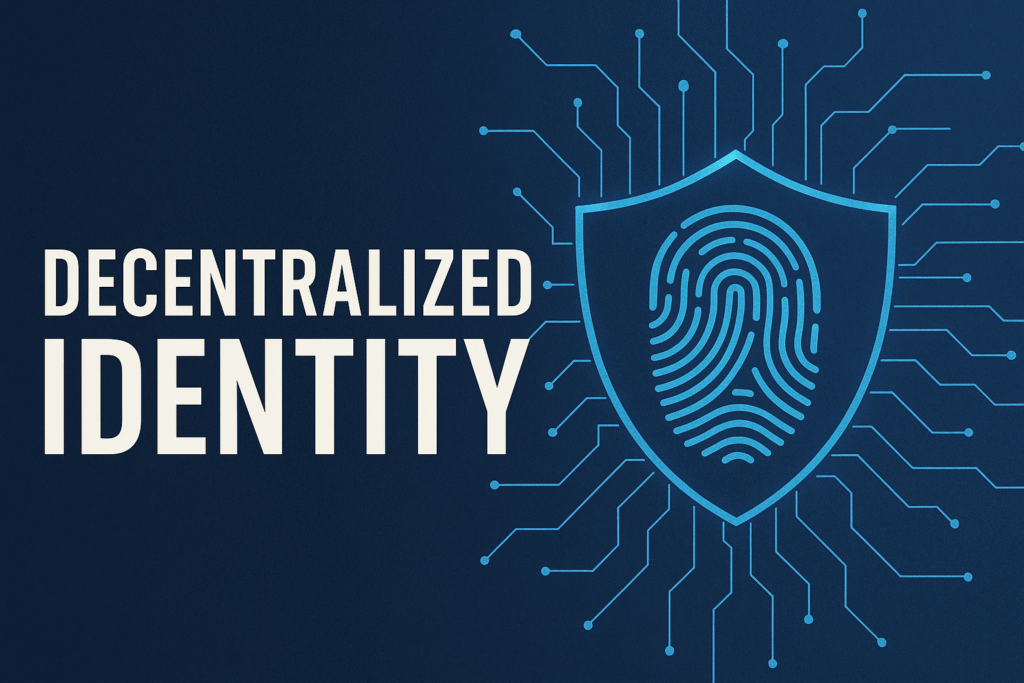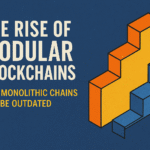Decentralized Identity: Reshaping Web3 Authentication
Every time you reset a password or rely on a «Login with Facebook» button, you’re reminded of how fragile and intrusive traditional login systems can be. Centralized authentication channels store your data, track your actions, and can lock you out or be compromised by security breaches. In contrast, Decentralized Identity (DID) offers a fundamentally different approach—one that aims to return ownership and control of identity to individuals.

What Is Decentralized Identity?
At its most basic, Decentralized Identity consists of two core components:
- Decentralized Identifiers (DIDs): Unique, blockchain-based identifiers (e.g.,
did:example:123xyz) that you control. Instead of relying on centralized authorities, you manage access through cryptographic keys. - Verifiable Credentials: Digital attestations issued by trusted entities—such as universities, employers, or government agencies—that are cryptographically signed and cannot be forged or manipulated.
With DID, you are no longer a passive user of identity systems; you become an active participant.
How DID Works: A Practical Example
Jane applies for a job on a decentralized platform. Instead of submitting her full resume and personal data:
- She logs in using her DID and wallet.
- She presents a cryptographically signed credential verifying her university degree.
- The platform verifies this credential on-chain, without Jane needing to reveal additional details.
Through this process, Jane gains access while retaining control over her personal information.
Key Benefits of Decentralized Identity
Self-Sovereignty
Your identity lives in your wallet, not on centralized servers. You decide when, where, and how it’s used.
Privacy
With selective disclosure, you can prove facts—such as “I’m over 18” or “I’ve completed a certification”—without revealing complete personal profiles.
Interoperability
Your DID travels with you across wallets, dApps, marketplaces, and more—one digital identity recognized across the ecosystem.
Trust Without Central Authorities
Verifiable credentials reduce dependence on third-party verification systems. They rely on cryptography, not centralized databases.
Leading DID Projects and Initiatives
| Project | Focus Area | Highlights |
|---|---|---|
| Sovrin | Public permissioned identity ledger | Governance by a global nonprofit |
| uPort | Ethereum identity solutions | Self-issued credentials and recovery options |
| Microsoft ION | Scalable DID network | Built on Bitcoin, aimed at mass adoption |
Each of these projects brings unique strengths and continues to shape the DID landscape.
External Link: Read Sovrin’s whitepaper on DID standards
Challenges Ahead
While the promise of DID is compelling, several challenges must be addressed:
- User Experience: Managing private keys remains a barrier to entry for non-technical users.
- Regulatory Uncertainty: Acceptance of decentralized credentials varies across regions and legal frameworks.
- Adoption and Standards: Success depends on cross-platform agreement—wallets, apps, and service providers must support shared protocols and credential formats.
Pilot projects continue to demonstrate real-world use in areas like credential verification, secure access control, and identity portability.
Real-World Use Cases
- Web3 Platform Onboarding: Use existing credentials once, then authenticate across multiple services.
- Age Verification: Confirm your eligibility (e.g., alcohol purchase) without sharing birthdates or personal data.
- Professional Credentials: Securely present certifications like academic degrees or licenses to potential employers or clients.
Why It Matters Today
Decentralized Identity represents a shift from surveillance-based identity systems to user-controlled frameworks. As Web3 ecosystems grow, so does the need for secure, interoperable, and private identity solutions. DID addresses this need by replacing centralized vulnerabilities with cryptographic trust mechanisms.
Final Thoughts
Decentralized Identity is not just another blockchain concept—it is a blueprint for digital autonomy. By combining cryptographic security with user control, DID enables secure, private, and portable authentication. As infrastructure matures and regulations adapt, DID stands to redefine trust in online interactions. In a future where digital identity becomes as valuable as financial assets, owning your identity is foundational.


